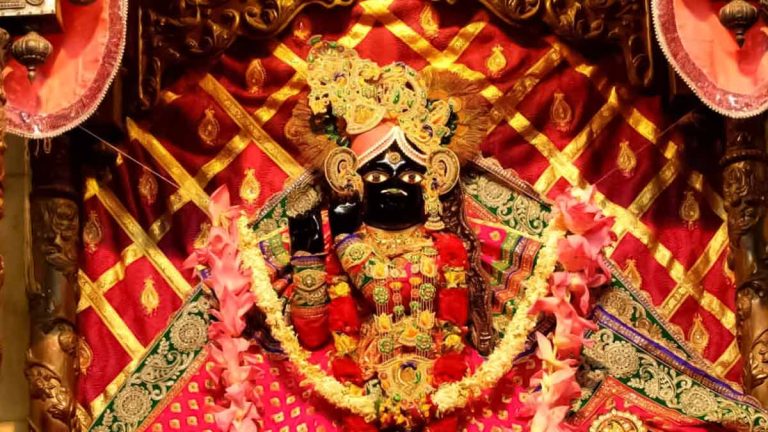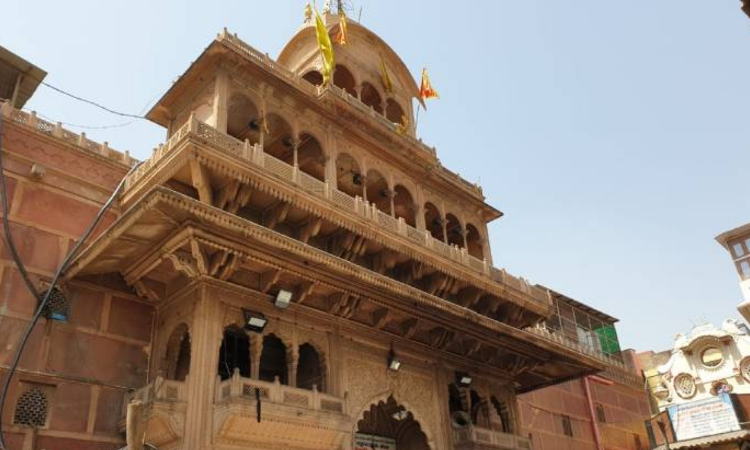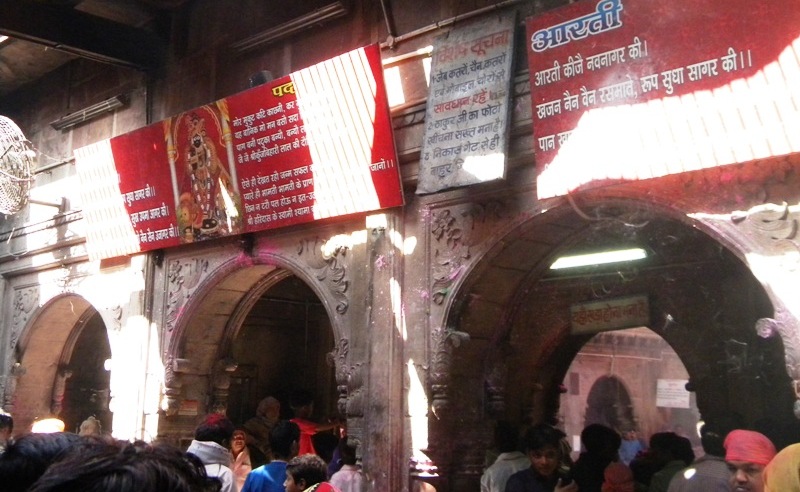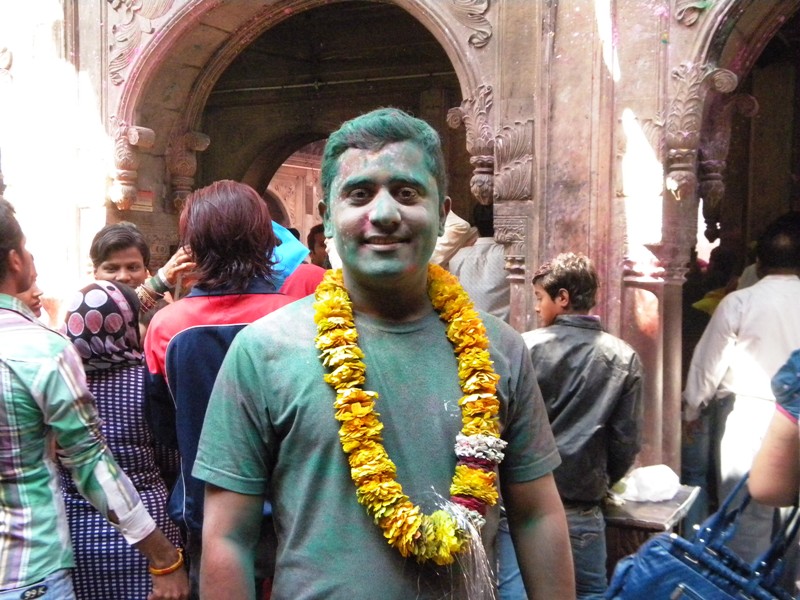Vrindavan, a town in the northern Indian state of Uttar Pradesh, is renowned for its spiritual and cultural significance. Nestled on the banks of the Yamuna River, this ancient town is a sacred pilgrimage site for devotees of Lord Krishna. Among the countless temples that adorn Vrindavan’s landscape, the Banke Bihari Temple stands out as a symbol of divine love and devotion.
History and Origin:
The Banke Bihari Temple, dedicated to Lord Krishna, has a rich history that dates back to the 19th century. The temple is closely associated with the revered saint Swami Haridas, who was an ardent devotee of Lord Krishna. Legend has it that Swami Haridas discovered an enchanting image of Lord Krishna during his deep meditations. This captivating deity, known as Banke Bihari, was later enshrined in the temple that bears his name.
Architecture and Design:
The temple’s architecture is a fine blend of Rajasthani and Mughal styles, characterized by intricate carvings, vibrant colors, and exquisite detailing. The sanctum houses the charming deity of Banke Bihari, standing in a tribhanga pose – a distinctive posture representing three bends. Devotees are fascinated by the divine beauty and charm of the deity, whose eyes are said to be so captivating that it is believed they can mesmerize anyone who looks into them.
The temple’s main hall, or mandapa, is adorned with beautiful paintings and murals depicting the various leelas (divine activities) of Lord Krishna. The vibrant atmosphere is heightened during festivals, when the temple is adorned with flowers, lights, and vibrant decorations.
Devotional Practices:
The Banke Bihari Temple is not just a place of worship; it is a living testament to the deep-rooted devotion and love for Lord Krishna. The temple follows a unique tradition known as “Phool Bangla,” where the deity is adorned with flowers in a way that creates a spectacular floral palace. This tradition is particularly prominent during festivals like Holi and Janmashtami.
The temple’s priests conduct aarti (ritualistic worship with lamps) multiple times a day, and the melodious sound of devotional songs fills the air. Devotees, in turn, participate in the bhajans (devotional songs) with utmost passion, losing themselves in the divine ecstasy of Lord Krishna’s love.
Festivals:
The Banke Bihari Temple is at its festive best during major Hindu celebrations, with Holi and Janmashtami being the most grandly celebrated. During Holi, the temple witnesses an explosion of colors as devotees and priests alike engage in the joyful and vibrant tradition of playing with colored powders.
Janmashtami, the birthday of Lord Krishna, is celebrated with immense devotion and grandeur. The temple is beautifully adorned, and the air is filled with the sounds of conch shells, bells, and the chants of “Hare Krishna.” Pilgrims from far and wide gather to partake in the festivities, which include elaborate processions, cultural performances, and midnight prayers.
The Banke Bihari Temple of Vrindavan stands as a beacon of devotion and love, drawing devotees from all corners of the world. Its rich history, mesmerizing deity, and vibrant festivals create an atmosphere that is not only spiritually uplifting but also culturally enriching. A visit to this divine haven is not just a religious experience; it is a journey into the heart of devotion, where one can feel the eternal love that binds Lord Krishna and his ardent followers.




